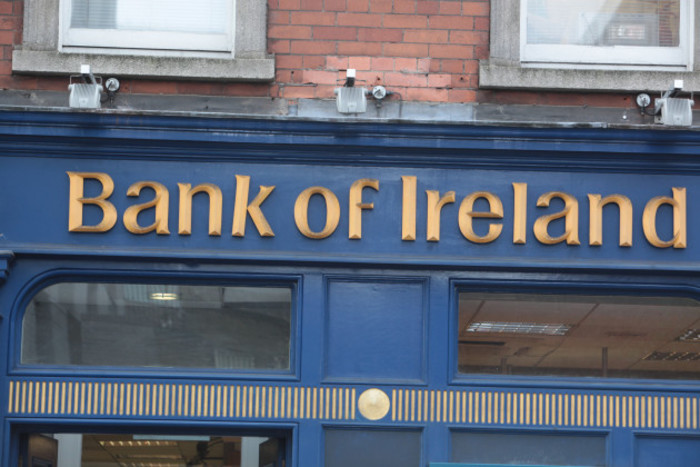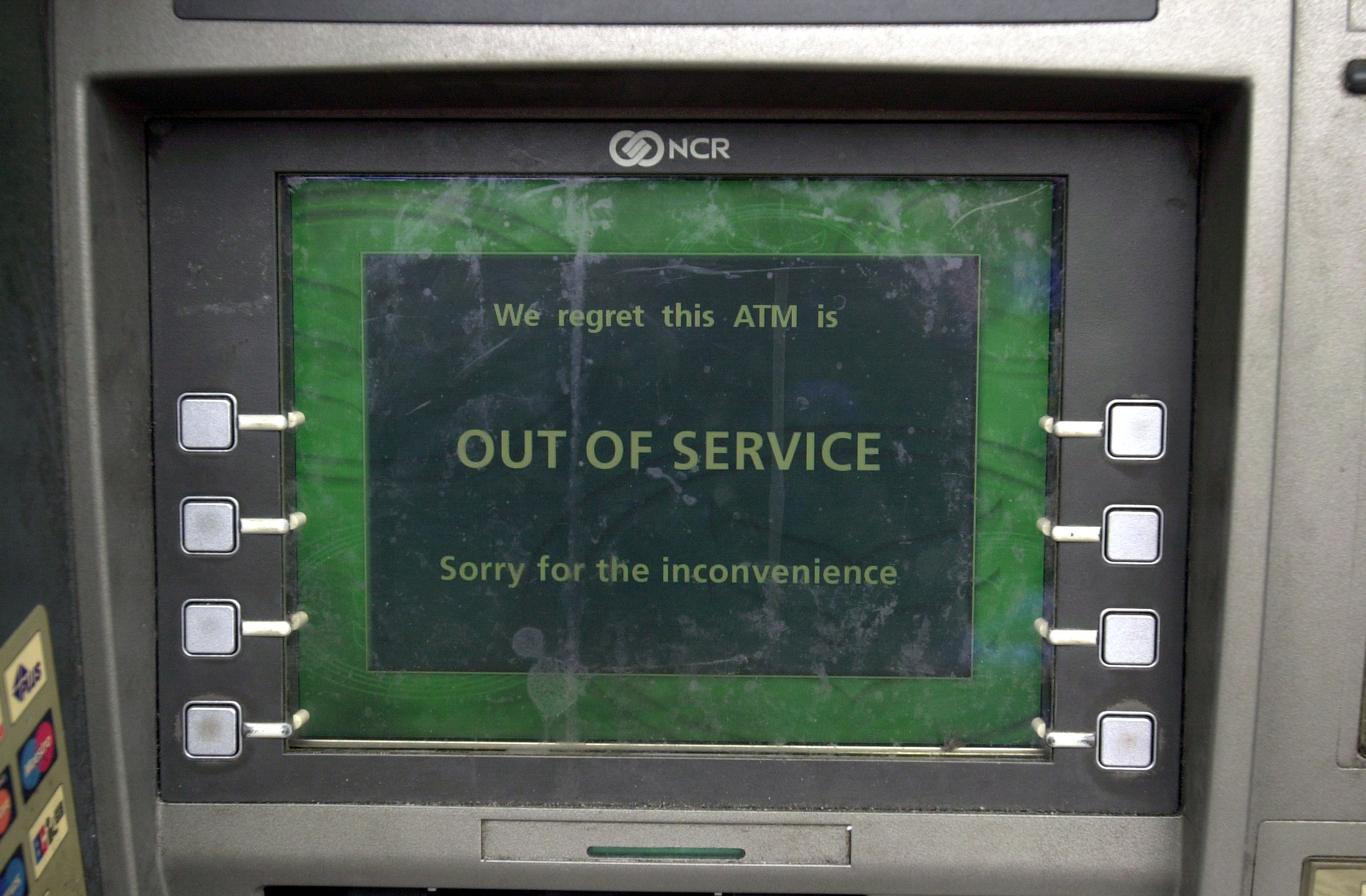The best way to get a good deal from an Irish bank? Set up business in the UK
New research shows local lenders offer SMEs significantly cheaper loans in Britain.
IRISH BANKS ARE offering significantly cheaper loans for SMEs in the UK than firms based in their home country.
A new study from the Central Bank looked at the small business lending rates charged by three Irish banks that operate in both Ireland and the UK.
It found that, after controlling for a range of different factors, the interest rates charged by the Irish banks in the UK are on average 1.1 percentage points lower than they are in the Republic of Ireland.
The difference means a firm charged 5% in interest in Ireland would compete against an equivalent company paying 3.9% interest, on average, in the UK with the same Irish bank. That differential could cost an SME thousands of euro in extra repayments each year.
The study used ‘loan-level’ data from banks that allowed it to rule out many possible reasons for differences in lending rates between countries, “for example, cost of funding, profitability or balance sheet stress”.
The Central Bank paper said that it attributes any remaining interest rate gap to “overall lending market conditions”.
“For example, to differences in the recoverability of collateral, the level of competition among banks, the aggregate perception of risk, or banks’ expectations on the relative movements in policy rates and exchange rates between the UK and the euro area,” it said.
High lending rates
As previously highlighted by Fora, Irish companies pay some of the highest rates in Europe for small business loans. Businesses in the UK tend to enjoy lower borrowing costs compared to their Irish peers.
The Central Bank study found when it compared the lending rates of the UK and Ireland, there was a “1.5 percentage point premium in the latter” based on average monthly interest rates in 2015.
One of the explanations previously given for the high borrowing costs in Ireland is the dominance of the three main banks.
AIB, Bank of Ireland and Ulster Bank have a triopoly on lending to small Irish companies, controlling upwards of 90% of the market between them.
 Bank of Ireland is one of the country's biggest lenders
Bank of Ireland is one of the country's biggest lenders
The Central Bank study raised this issue when it was looking at some of the reasons why Irish banks charge UK businesses less to borrow money.
“Large differentials remain between Irish-headquartered banks’ SME lending rates in Great Britain compared to their lending to similar firms in Northern Ireland, both of which are within the sterling currency area and subject to the same Bank of England policy rate,” it said.
“This suggests that this final factor is likely not to be the dominant explanatory factor remaining once our methodology is applied.”
Competition
The study said that low levels of competition in the Irish banking sector “may be a driving factor” in the differences in interest rates.
“World Bank (data) show that the market share of three largest commercial banks is 52% in the UK versus 84% in Ireland,” it said.
“Furthermore, Central Bank of Ireland (data) shows that concentration levels in Irish SME lending have generally been increasing since 2010 and that the combined market share of the three main banks is currently 92%.”
The study also noted that, as of December 2015, the share of defaulted SME loans was “particularly high in Ireland relative to the euro area”.
“In this regard, it is likely that a bank’s past experience with impairments increases its current perceptions of risk.”






